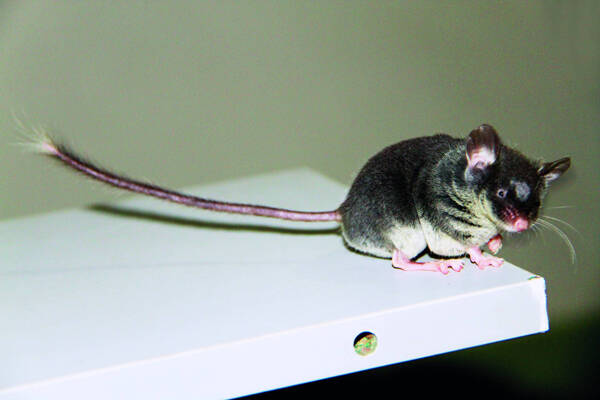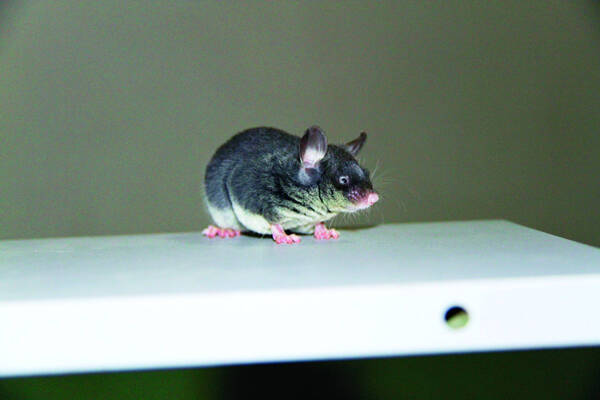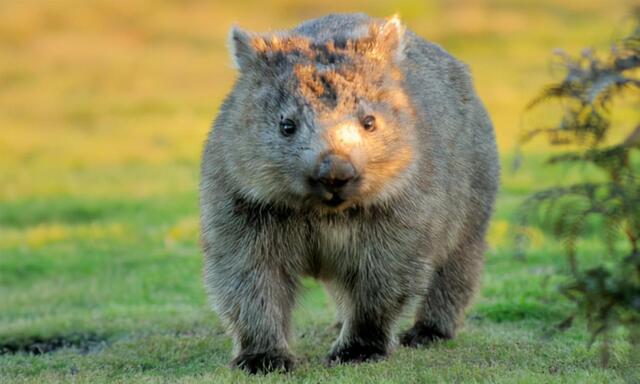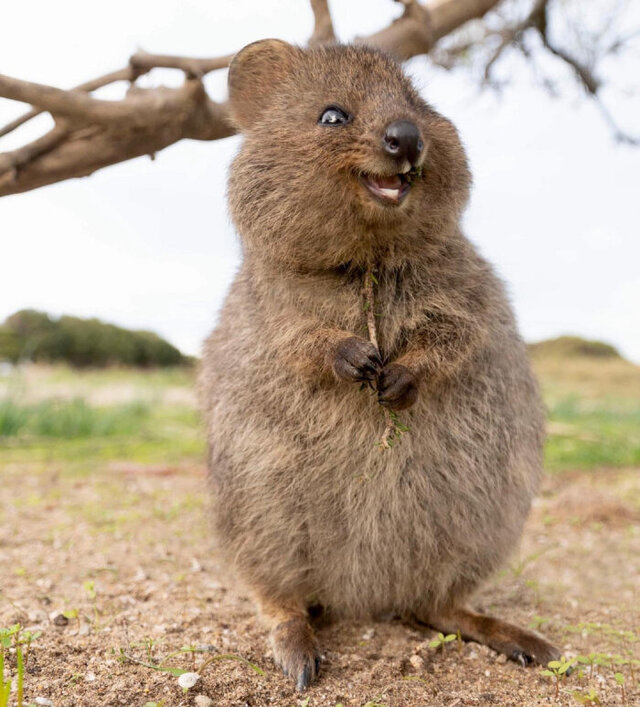Pigtail rat
IUCN
LCBasic Information
Scientific classification
- name:Pigtail rat
- Scientific Name:Pigtail rat,Wuyishan tailed rat, pig tailed rat, gray blind rat, blind rat
- Outline:Rodents
- Family:Rodentia Myrmecophaga Gnaphalidae
Vital signs
- length:71-76mm
- Weight:
- lifetime:
Feature
It is similar in shape and size to a small house mouse, but has a very long tail. It is also called a "blind mouse" because of its small eyes.
Distribution and Habitat
It is endemic to China and is distributed in Fujian, Guangxi and Zhejiang.
The Chinese pig-tailed rat is found in alpine forests surrounded by bamboo forests. It can be found in disturbed forests close to primary forests, but not in secondary forests.
Appearance
The body is typical of a mouse, but the individual is small. The body is 71-76mm long, and the tail is 96-120mm long. The back is gray-black and velvety; the base of the hair on the ventral side is gray, and the tips are gray-white. The ears are large and nearly naked. The eyes are small. The tail is very special, significantly longer than the body length, with sparse long hair on the back half and shorter hair near the base of the tail. Compared with other species of pigtailed rats, its skull is flatter. The upper molars are relatively wide, and the fossa before the first upper molar is wide; the individual is only slightly larger than the small pigtailed rat (
Details
The genus-level and species-level taxonomic units of the Chinese pig-tailed rat are very stable and undisputed. The more controversial is the number of its subspecies. The latest research shows that it contains only 2 subspecies. The other two subspecies (<daloushanensis, chapensis>) have species-level status.

The pig-tailed rat is a terrestrial herbivore that can use echolocation to assist activities at night. Its diet consists of leaves, stems, fruits and seeds. Dioecious, internal fertilization, viviparous, 3 to 8 pups per litter.
Listed in the 2016 IUCN Red List of Threatened Species, ver 3.1 - Least Concern (LC).









